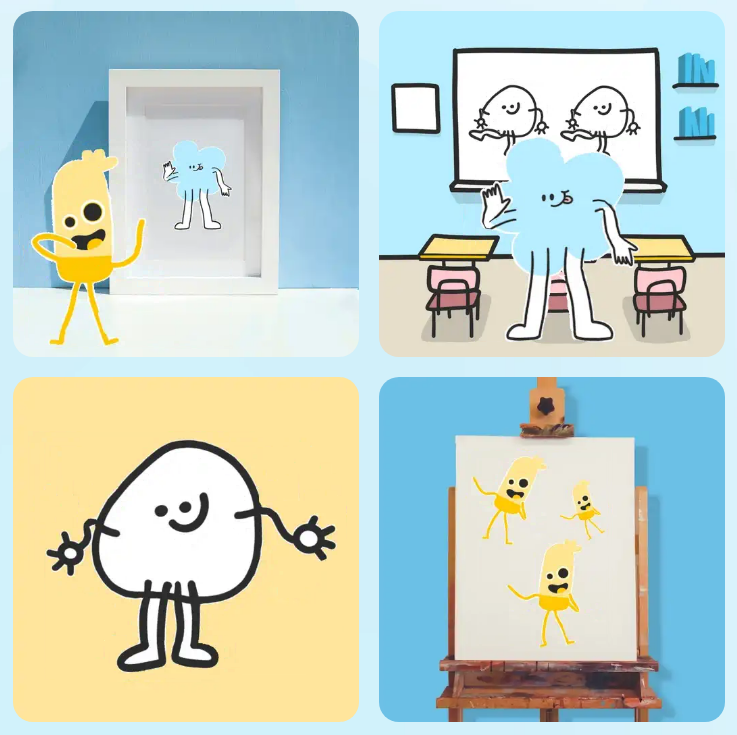Introduction
The Current AI Landscape
Artificial Intelligence (AI) has become an integral part of our daily lives, influencing everything from our personal activities to global industries. The rapid pace of AI development is transforming traditional norms and setting the stage for a future that was once only imagined in science fiction. Among the various types of AI, generative AI has emerged as a particularly transformative force. By creating new data from existing ones, generative AI is enabling innovations that were previously unthinkable, such as creating realistic human faces, composing music, writing articles, and even developing new video games.
Today, AI is not just a buzzword or a futuristic concept. It’s a reality that’s permeating every aspect of our lives. From the smartphones we use to the social media platforms we interact with, to the way businesses operate and governments make decisions, AI is everywhere. And it’s not just the tech industry that’s being transformed. Healthcare, finance, education, transportation, and even the creative arts are being reshaped by AI.
The Transformative Potential of AI
The potential of AI to transform industries and everyday life is immense. From automating mundane tasks and making accurate predictions, to enhancing customer experiences and solving complex problems, AI is making a significant impact. The advent of generative AI has further amplified this transformation, opening up new possibilities in content creation, design, entertainment, and more.
For instance, in the healthcare industry, AI is being used to predict disease outbreaks, develop new drugs, and personalize patient care. In finance, AI algorithms are helping to detect fraudulent transactions, optimize investment strategies, and provide personalized financial advice. In the automotive industry, AI is at the heart of the self-driving car revolution. And in the creative arts, generative AI is enabling artists to push the boundaries of creativity, creating art and music that’s unique and captivating.
The Focus of the Article
In this article, we will delve into the world of generative AI, exploring the latest tools and developments that are shaping this exciting field. We will discuss a range of AI tools, from those that help create hand-drawn characters to those that assist in detecting money laundering. We will also highlight recent AI innovations and their impact on various industries, discuss the challenges and controversies surrounding AI, and look ahead to future trends and predictions.
Our journey will take us through the world of AI-powered document search, AI bots for customer support, AI tools for detecting money laundering, and much more. We will explore how these tools are being used to transform industries, enhance productivity, and create new opportunities for innovation. We will also delve into the ethical and societal implications of these developments, and discuss how we can navigate the challenges and controversies that they present.
So, whether you’re an AI enthusiast, a professional working in the field, or simply curious about the latest developments in AI, we invite you to join us on this journey. Let’s explore the fascinating world of generative AI together.
Unpacking the AI Toolbox
Introduction to AI Tools
As we delve into the world of generative AI, it’s essential to understand the tools that are driving this revolution. These tools, often developed by innovative startups and tech giants alike, are pushing the boundaries of what’s possible with AI. They are transforming industries, enhancing productivity, and opening up new avenues for creativity and innovation. Here, we will explore a sampling of these tools, each offering unique capabilities and potential applications.
AniMagic
Starting with AniMagic, an innovative tool that brings hand-drawn characters to life in seconds. This tool leverages the power of AI to animate drawings, providing a fun and interactive way for artists and hobbyists to bring their creations to life. It’s an example of how AI is democratizing the animation industry, making it accessible to anyone with a creative idea.
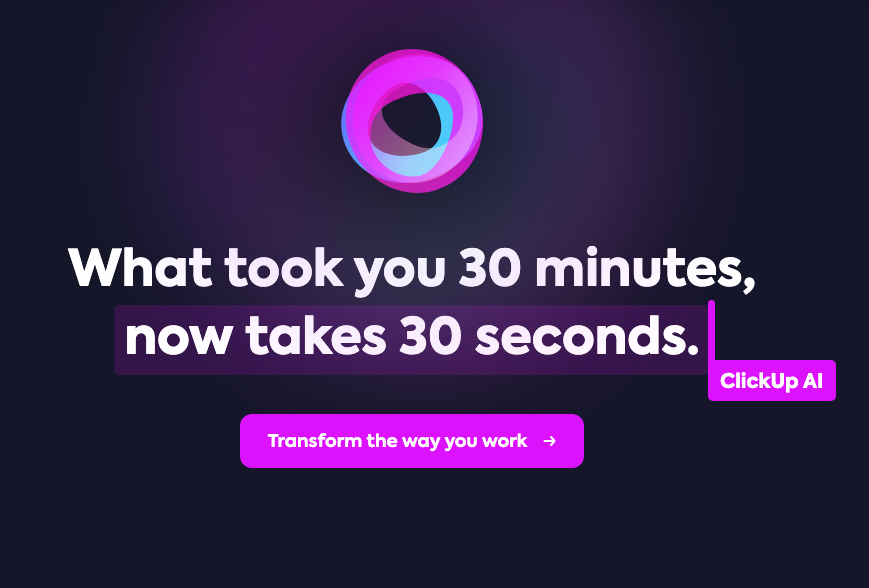
ClickUp AI
Next, we have ClickUp AI, which is touted as the first AI-powered assistant tailored to your work. This tool aims to enhance productivity by automating tasks, organizing work, and providing insights to help users work more efficiently. It’s a testament to how AI is transforming the way we work, making it easier to manage tasks and stay organized.
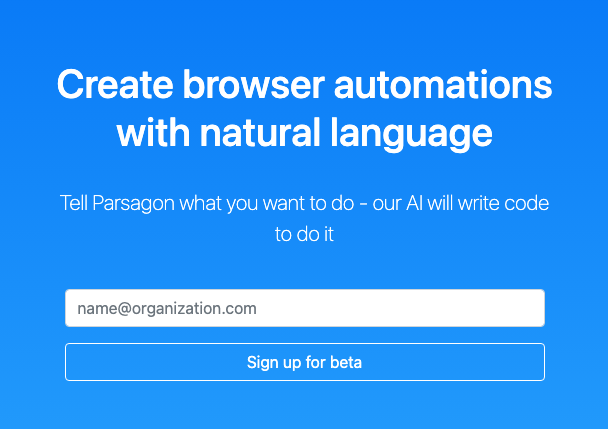
Parsagon
Moving on, we have Parsagon, a tool that uses GPT for browser automation. This tool leverages the power of generative AI to automate browser tasks, making it easier for users to interact with web applications. It’s an example of how AI is streamlining our interactions with digital platforms, automating repetitive tasks and enhancing user experience.
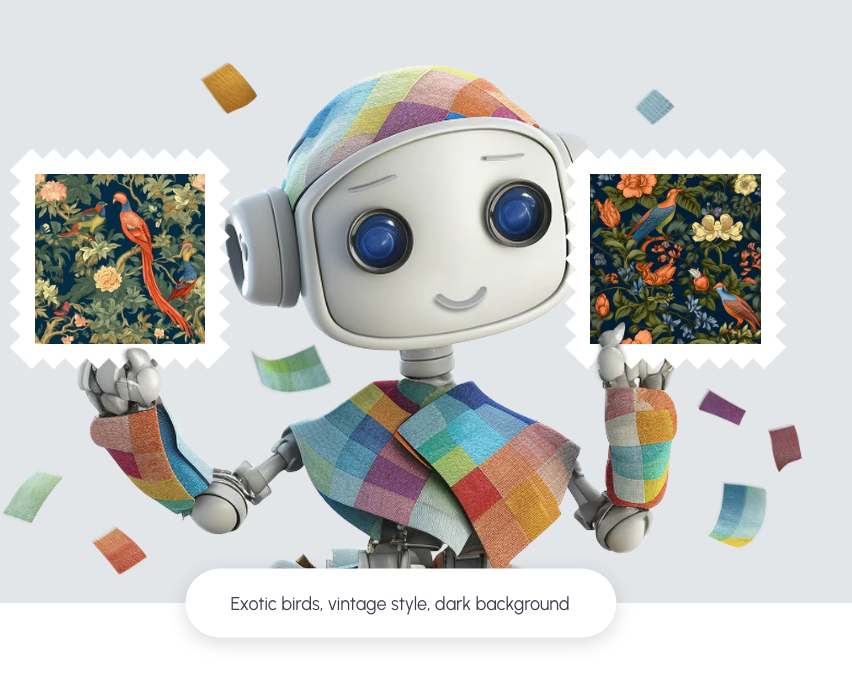
Fabric Genie
Finally, let’s look at Fabric Genie, a tool that uses AI to design stunning, unique print designs for curtains and other fabrics. This tool showcases the creative potential of AI, enabling designers to create unique and personalized designs with ease. It’s a testament to how AI is transforming the creative industries, enabling designers to push the boundaries of creativity.
These are just a few examples of the many AI tools that are shaping the landscape of generative AI. Each tool offers unique capabilities and potential applications, showcasing the transformative potential of AI. As we continue to explore the world of generative AI, we will delve deeper into these tools and many others, exploring their impact on various industries and aspects of our daily lives.
Spotlight on Innovations
Introduction to AI Innovations
As we delve deeper into the world of generative AI, it’s impossible to ignore the innovative applications that are emerging. These innovations, often driven by a combination of technological advancements and creative thinking, are pushing the boundaries of what’s possible with AI. They’re transforming industries, solving complex problems, and opening up new possibilities for innovation. In this section, we’ll highlight a few of these innovations, showcasing the transformative potential of generative AI.
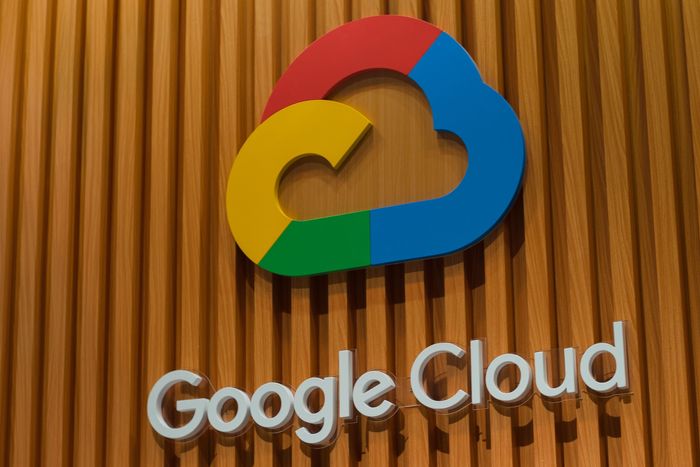
Google’s Anti-Money Laundering Tool
First, let’s take a look at Google’s anti-money laundering tool. This tool uses AI to detect and monitor financial crime, helping banks comply with regulations and combat money laundering. It’s a prime example of how AI is being used to tackle complex, real-world problems. While still in its early stages, this tool is already being used by major banks like HSBC, showcasing the potential of AI to transform the banking industry.
Dropbox’s AI Integration and VC Fund
Next, we have Dropbox’s AI integration and venture capital fund. Dropbox is integrating AI into its product, with a tool that summarizes and extracts information from stored files. In addition, they’ve launched a $50 million venture fund to support the next generation of AI startups. These initiatives highlight how companies are leveraging AI to enhance their products and services, while also investing in the future of AI.
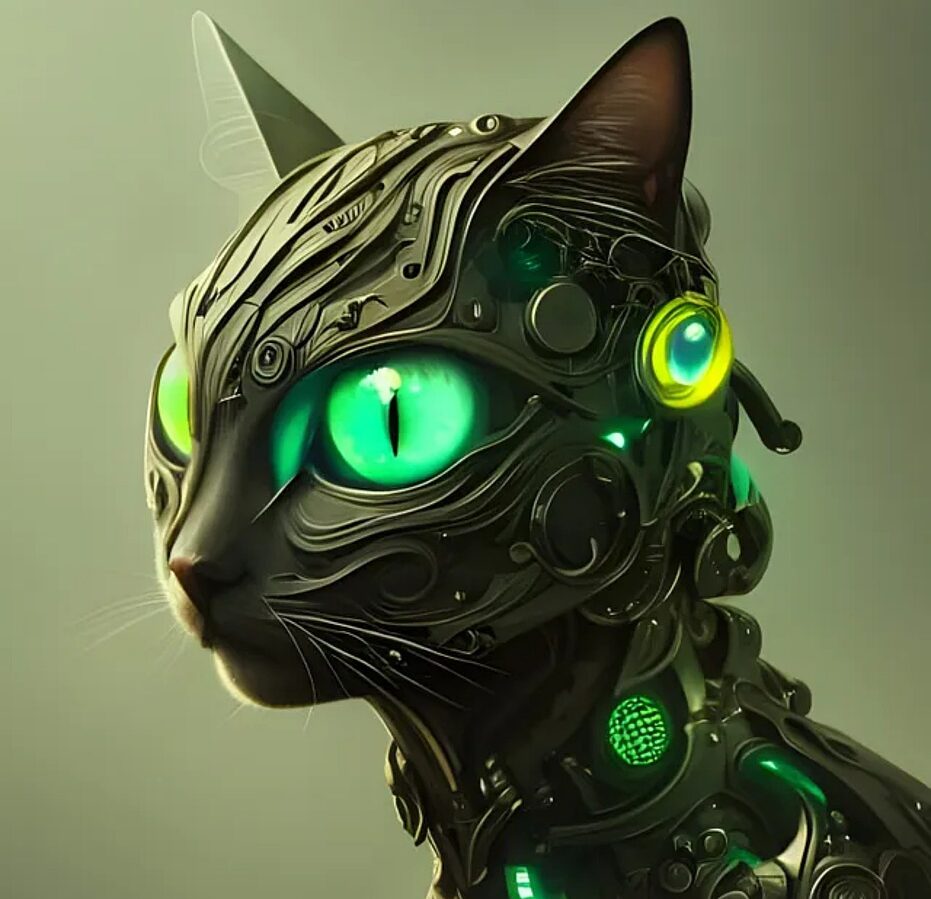
DeepMind’s RoboCat
Another fascinating innovation is DeepMind’s RoboCat. This AI-powered robot can solve and adapt to multiple tasks using different robots. It’s trained on hundreds of tasks, observes human-controlled demos, and can even self-generate new data to improve further. This innovation showcases the potential of AI in the field of robotics, opening up new possibilities for automation and machine learning.
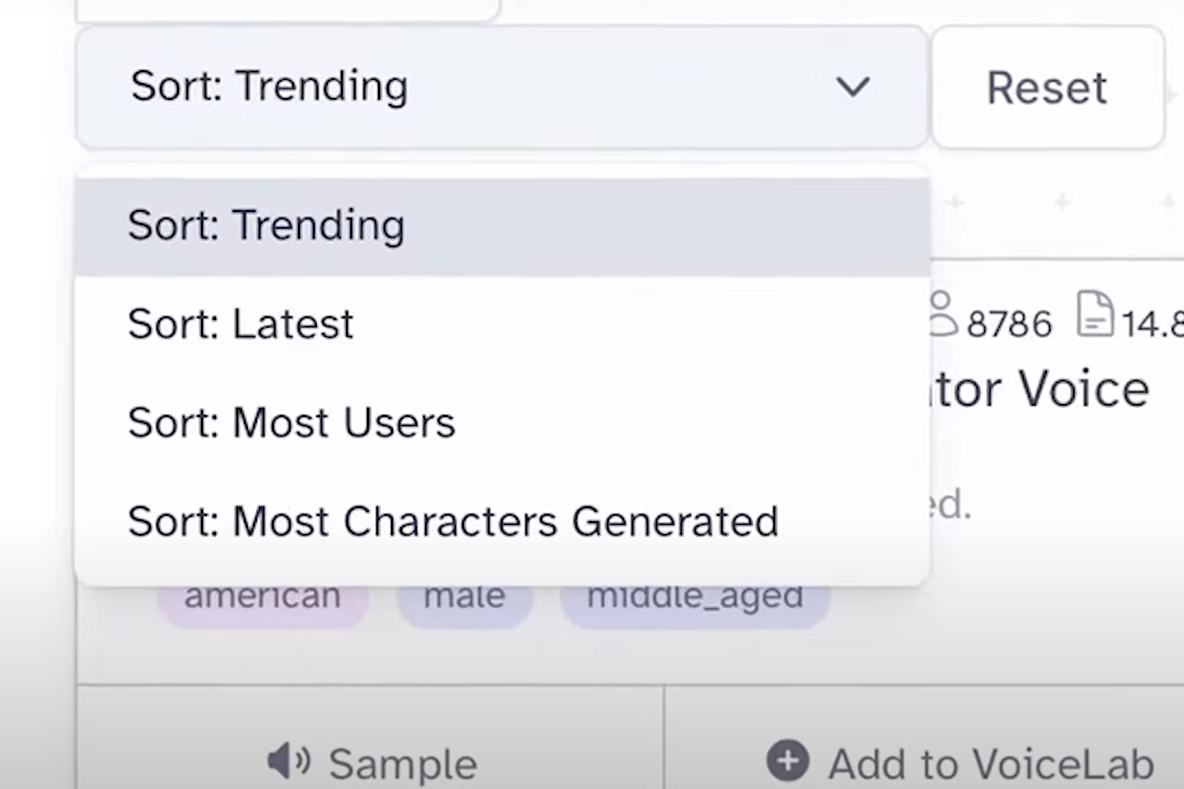
ElevenLabs’ Voice Library
Finally, let’s look at ElevenLabs’ Voice Library. This community-driven effort aims to create a repository of AI-generated voices, covering a number of languages. It’s an example of how AI is being used to democratize technology, making advanced tools and resources accessible to a wider audience.

Midjourney v5.2
Another noteworthy development is Midjourney’s version 5.2. This new version brings significant improvements to the image generation tool, including enhanced aesthetics, better text understanding, sharper images, and a new zoom-out outpainting feature. It’s an example of how AI tools are continuously evolving, offering enhanced capabilities and better performance.

YouTube’s AI-Based Dubbing Tool
Lastly, we have YouTube’s AI-based dubbing tool. This tool, developed in collaboration with Google’s in-house AI dubbing team, Aloud, allows for the dubbing of both new and old videos. It’s a game-changer for content creators, potentially saving significant resources and time. This innovation underscores the transformative potential of AI in the realm of content creation and media.
These are just a few examples of the innovative applications of generative AI. Each of these developments represents a significant step forward in their respective fields, showcasing the transformative potential of AI. However, as with any technology, these innovations also bring challenges and controversies, which we will explore in the next section.
Challenges and Controversies
Introduction
While the advancements in generative AI are undeniably impressive, they are not without their challenges and controversies. As with any disruptive technology, AI raises a host of ethical, legal, and societal issues that need to be carefully navigated. In this section, we will delve into some of these challenges and controversies, shedding light on the complexities of AI development and deployment.
Data Security
One of the most pressing issues in the field of AI is data security. AI systems often rely on vast amounts of data to function effectively, and this data can be a prime target for cybercriminals. For instance, there was a recent incident where over 100,000 ChatGPT account credentials were made available on the dark web. This incident underscores the critical importance of robust data security measures in AI systems. Companies developing AI tools must prioritize data security to protect user information and maintain trust in their products.
Ethical Considerations
AI also raises a host of ethical considerations. These systems are often used to make decisions that can have significant impacts on people’s lives, from job applications to healthcare diagnoses. However, AI systems can be biased, reflecting the biases in the data they were trained on. This can lead to unfair outcomes, such as discrimination or exclusion. Therefore, it’s crucial that AI developers take steps to mitigate these biases and ensure their systems are fair and equitable.
Potential Misuse
Another concern is the potential misuse of AI. As AI systems become more powerful and sophisticated, they can be used for malicious purposes. For example, generative AI could be used to create deepfakes, which are realistic fake videos or audio recordings. These deepfakes can be used to spread misinformation or conduct fraud, posing a significant threat to society. It’s essential that safeguards are put in place to prevent the misuse of AI and that there are legal repercussions for those who use AI for harmful purposes.
The Future of Work
AI is also transforming the future of work. Many routine tasks can be automated with AI, leading to increased efficiency and productivity. However, this also means that some jobs may become obsolete, leading to job displacement. On the other hand, AI is also creating new jobs and industries, requiring a new set of skills. Therefore, it’s important to consider how we can prepare for this shift in the job market, such as through reskilling and upskilling initiatives.
These challenges and controversies highlight the complexities of AI development and deployment. It’s clear that while AI has the potential to bring about significant benefits, it also raises a host of issues that need to be carefully navigated. As we look to the future, it’s crucial that we continue to engage in thoughtful and informed discussions about these issues, ensuring that the development of AI is guided by ethical and societal considerations.
Looking Ahead
Introduction
As we’ve seen, the landscape of generative AI is rapidly evolving, bringing about new tools and innovations while also raising complex challenges. Looking ahead, it’s clear that AI will continue to play a pivotal role in shaping our future. In this section, we will explore some of the future trends and predictions for AI, providing a glimpse into what lies ahead in this exciting field.
Future Trends in AI
One of the key trends in AI is the increasing integration of AI into everyday life. From personal assistants to smart home devices, AI is becoming a ubiquitous part of our daily routines. This trend is likely to continue, with AI becoming even more integrated into our lives. For instance, AI is expected to play a significant role in the future of healthcare, with AI-powered diagnostics and treatment plans becoming increasingly common.
Another trend is the increasing sophistication of AI systems. As AI research advances, we can expect to see AI systems that are capable of more complex and nuanced tasks. For instance, we might see AI systems that can understand and respond to human emotions, or AI systems that can create original works of art or music. These advancements will open up new possibilities and applications for AI, further expanding its impact on society.
Predictions for AI
Looking further into the future, there are several predictions for the direction of AI. One prediction is that AI will become an integral part of decision-making processes in various sectors, from business to government. AI systems will be able to analyze vast amounts of data and provide insights that can inform strategic decisions, leading to more efficient and effective outcomes.
Another prediction is that AI will play a key role in addressing some of the world’s most pressing challenges. For instance, AI could be used to model and predict the impacts of climate change, helping us to develop more effective strategies for mitigation and adaptation. AI could also be used to improve access to education and healthcare, particularly in underserved communities.
The Role of AI in Education
Finally, it’s worth noting the role of AI in education. As AI becomes more prevalent, there is a growing need for education that prepares individuals for a world where AI is ubiquitous. This includes not only technical skills, such as programming and data analysis, but also skills related to understanding and navigating the ethical and societal implications of AI. As such, we can expect to see a greater emphasis on AI education in the years to come.
In conclusion, the future of generative AI is incredibly exciting, with a wealth of opportunities and challenges ahead. As we continue to navigate this rapidly evolving landscape, it’s crucial that we remain informed and engaged, ensuring that the development and deployment of AI is guided by ethical and societal considerations.

Conclusion
In this exploration of the current state of generative AI, we’ve seen how this technology is not only transforming various industries but also bringing about new tools and innovations that are reshaping our everyday lives. From AniMagic’s ability to bring hand-drawn characters to life, to Google’s anti-money laundering tool that is revolutionizing the banking industry, the power and potential of AI are truly astounding.
However, as we’ve also discussed, the rise of AI brings with it a host of challenges and controversies. Issues surrounding data security, ethical considerations, potential misuse, and the future of work are all critical areas that need to be addressed as we continue to advance in this field. It is essential that we approach these challenges with a thoughtful and informed perspective, ensuring that the development of AI is guided by ethical and societal considerations.
Looking ahead, the future of generative AI is incredibly promising. With predictions of AI becoming an integral part of decision-making processes across various sectors and playing a key role in addressing some of the world’s most pressing challenges, the potential impact of AI is vast. Furthermore, the role of AI in education underscores the importance of preparing for a future where AI is ubiquitous.
In conclusion, the world of generative AI is a dynamic and rapidly evolving field, full of exciting opportunities and complex challenges. As we continue to navigate this landscape, it’s crucial that we stay informed about the latest developments and engage in thoughtful discussions about the implications of AI. By doing so, we can ensure that the evolution of AI is guided by a commitment to ethical principles and societal benefit.

